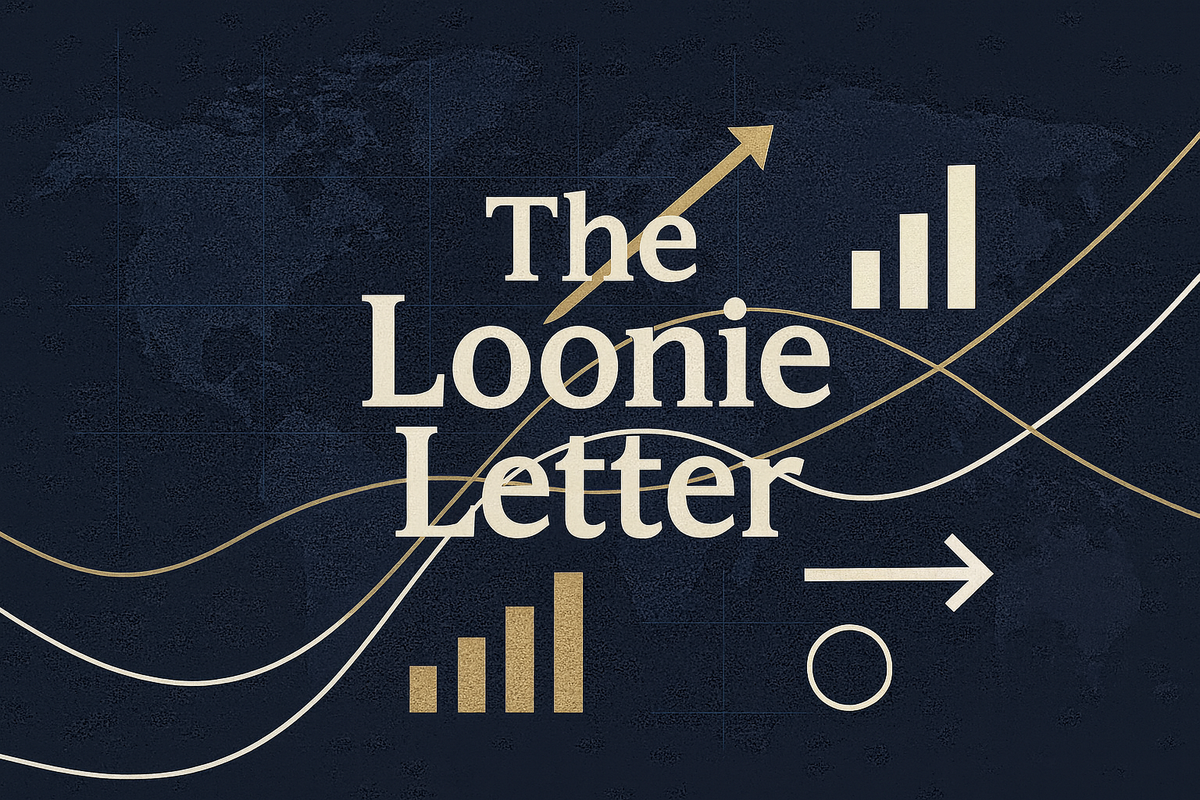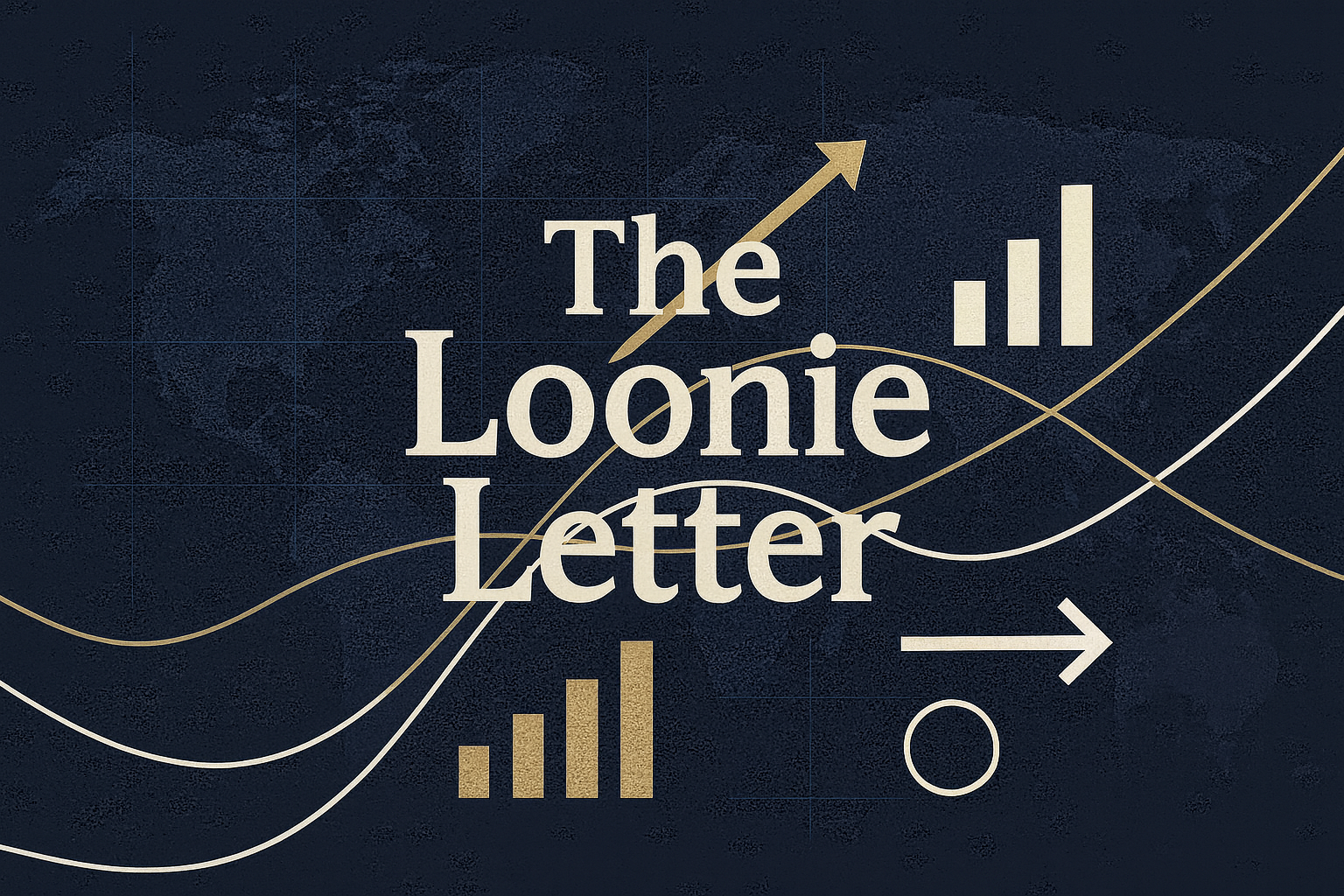Industrial Pulse: Fastenal’s Q3, Manufacturing Headwinds, and AI’s Workforce Impact

Today, 2025-10-14, we track an industrial bellwether’s print, the state of U.S. manufacturing headwinds, a quick commodities read, a practical earnings-calendar playbook, and how AI-driven automation is reshaping entry-level labor—each with near-term implications for positioning and risk.
Fastenal Q3: Revenue Held Up but EPS Missed — Market Reaction and What to Watch
Fastenal reported Q3 revenue of about $2.13B (+11.7% YoY), in line with expectations, while GAAP EPS of $0.29 missed by a penny; shares fell as investors focused on the EPS shortfall despite year-over-year margin improvement and a favorable mix led by fasteners. Management continues to scale digital channels (~61% of sales) and invest in its FMI/vending ecosystem; the company also noted sluggish industrial production, and coverage includes a recent Barclays initiation at Equal Weight with a $49 PT. Near-term, watch management’s Q4 demand commentary, sustainability of digital/vending and large-account trends, and any analyst EPS revisions following the miss (Yahoo; Yahoo; IBD; Nasdaq; SeekingAlpha).
Manufacturing Sector Headwinds
Manufacturers remain cautiously optimistic but face near-term pressures from tariff uncertainty, inflation/materials costs, labor shortages, and uneven AI adoption. Surveys show tariffs and input prices rank top-of-mind; only about 9% of firms have trained a quarter of staff in AI and roughly a quarter report no current AI interest—signs of a widening capability gap. Sector-specific shocks (e.g., aerospace disruptions) can whipsaw timing of capex. Still, metalworking/machinery orders surged in August 2025 to $529.4M (+36% m/m, ~+45% y/y), with higher average ticket sizes hinting at automation upgrades, while services strength offers a macro buffer to goods-trade volatility. Investors should monitor tariff inclusion lists, read capex and average order values for automation signals, and favor companies with clear automation/AI roadmaps and workforce training plans (Assembly; Assembly; Quality; SPGlobal).
Commodities Market Snapshot
Energy: U.S. crude rose on signs of easing U.S.–China trade tensions, aided by technical buying. Metals: gold advanced on a supportive mix of risk flows and real-rate dynamics. Agriculture: grains were mixed, with soybeans sensitive to China headlines and corn/wheat reacting to harvest pressure and basis moves. For positioning and liquidity checks, use exchange data on volume, open interest, and implied volatility; note public feeds can be delayed. Near-term watch items (72 hours): progress in U.S.–China talks, U.S. harvest/basis trends, and real rates/the dollar. For intraday risk, monitor CME dashboards and your data vendor’s timing disclosures (WSJ; WSJ; AgWeb; AgWeb; CME; Yahoo; WSJ).
Upcoming Earnings Calendar
Use calendars to plan risk: Earnings Whispers for the daily lineup, Seeking Alpha for consensus and beat/miss history, TipRanks for analyst trends and time-of-day flags, and StockAnalysis for quick date/time checks; eToro offers a short how-to. Checklist: confirm date/time (pre-market vs after-hours), compare EPS/revenue consensus and recent revisions, review beat/miss history, prioritize names that guide and host calls, size positions for headline risk, and set alerts for print and call timing. Run a daily two-minute routine: one tab for dates/times, one for consensus, one for history; flag names with large estimate changes and pre-plan hedges (EarningsWhispers; SeekingAlpha; TipRanks; StockAnalysis; eToro).
AI Automation Workforce Risk: Who’s Vulnerable and What Investors Should Watch
A Stanford analysis finds early-career workers (ages 22–25) in the most AI-exposed occupations have seen roughly a 13% relative employment decline since the spread of generative AI—indicating disproportionate effects on entry-level roles. Most exposed are routinized tasks (customer service, certain admin, postal/logistics sorting, some junior software). Implications: entry-level hiring pipelines may contract even as productivity rises; so far, employment effects appear larger than wage effects; and reputational/policy risks will shape adoption. Actions: track cohort employment and job postings in portfolio sectors, audit task-level AI exposure and earnings sensitivity, prioritize human–AI complement roles, and encourage reskilling commitments; monitor policy shifts that could alter adoption speed and competitive dynamics (Stanford; BigThink; MSN; BLS; RAND).
Conclusion
Industrial execution remains the differentiator as policy and cycle crosscurrents persist. Watch Fastenal’s outlook as a read-through on manufacturing demand; track tariffs, capex mix, and AI readiness across suppliers; align commodity hedges with trade and real-rate moves; and use the earnings calendar to pace risk. The throughline: disciplined monitoring of demand signals, cost/leverage drivers, and workforce transitions will separate compounders from cyclical passengers.

